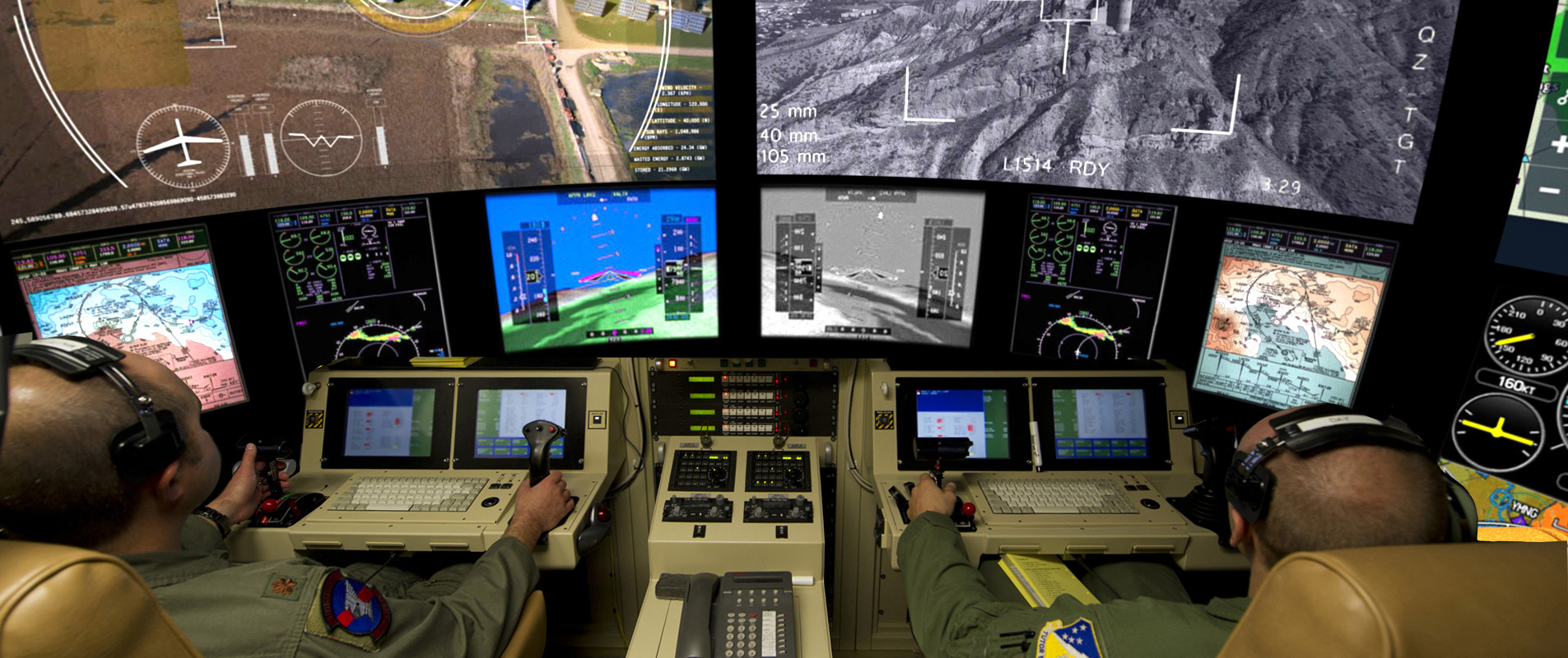How virtual reality can prevent real injuries
Imagine you’re training to be an underwater welder, or you’re about to operate heavy machinery for the first time. As an extra precaution, you slide on a virtual reality (VR) headset and find yourself in a simulated environment where mistakes don’t lead to real life consequences. That’s the magic of using VR for high-risk jobs.
Employees who specialize in safety-critical industries such as manufacturing, construction, shipping and transportation and hazardous materials, face the constant threat of physical risk. And despite concentrated efforts to improve work conditions, workplace injuries and fatalities have not decreased in the U.S. According to the National Safety Council, over 200,000 deaths and 62 million injuries occurred in 2021 alone, to the tune of $2.2 billion in costs.
With the pressing demand for improved health and safety training and testing, industries are turning to virtual reality as a cost-effective solution. Today, VR isn’t just about escaping to far-off worlds or battling virtual monsters; it offers practical and tangible applications, particularly when it comes to injury prevention and hazardous work.
From creating simulations for training situations, minimizing the risk of injury, and professional training and certification, VR can do it all. Let’s take a closer look at the safety benefits of virtual reality.
Your industry. Your people.
Perhaps the biggest benefit to VR is that it creates a safe, controlled environment for workers to train on hazardous situations. In essence, VR creates a space where errors are opportunities for growth, not potentially deadly mistakes. For hands-on professions like firefighters, soldiers, pilots, and even surgeons, VR can be a game-changer.
But VR is also a cost-effective solution that eliminates the need for expensive equipment and reduces overhead, while leading to greater scalability across diverse settings. Here are just some of the ways how virtual reality prevents injuries and reduces risk:
- VR for law enforcement training: Whether it’s a high-speed chase, a tense negotiation, or a potential threat situation, VR allows officers to train in scenarios that mirror real-life incidents. VR also helps with bias and use of force training.
- Work Environments: Improper ergonomics can lead to strains, sprains, and other injuries. VR can simulate different workplace setups, allowing individuals and companies to pinpoint and adjust problematic areas before they lead to real-life injury.
- Sports Training: Athletes are always pushing their limits, and injuries, unfortunately, come with the territory. With VR, athletes can simulate games and practices, focusing on performance and decision-making without the physical wear and tear.
- Public Safety: VR is an invaluable training and educational tool for those who work in public safety. For instance, a rookie firefighter can learn to navigate a smoke-filled room without the risk of burning, while EMTs can immerse themselves in realistic emergency scenarios. VR can also replicate floods, hurricanes, and earthquakes, allowing disaster teams to practice evacuation and rescue.
- Medical field: A recent University of Michigan study found that nearly one in three surgeons can’t operate independently after their residency. VR can not only standardize technical training and hands-on practice for residents and fellowships, it can also simulate virtual operating rooms and eliminate the need for cadavers.
- Driving Simulations: A significant number of injuries and deaths occur due to vehicle accidents. VR can create realistic driving simulations, allowing new drivers to experience tricky situations like icy roads or heavy traffic without the real-world consequences. These simulated experiences can better prepare them for actual driving.
- Construction and Manufacturing Training: Before constructing a skyscraper or operating heavy machinery, workers can train on virtual tools and equipment. This allows them to identify potential hazards and become comfortable with procedures, minimizing errors in real life.
Creating your safety solution
Virtual reality is at the forefront of workplace safety technology, and it’s evolving at a breakneck speed. Advanced VR can already create immersive environments with amazingly rich detail, while haptic suits and gloves let users “feel” virtual objects. As we move towards an AI revolution, VR training solutions will only become more realistic and personalized, capable of preventing injuries and deaths for a better, safer world.

